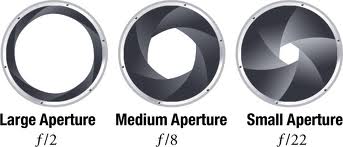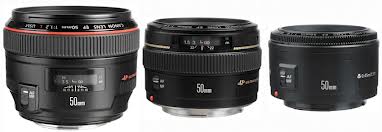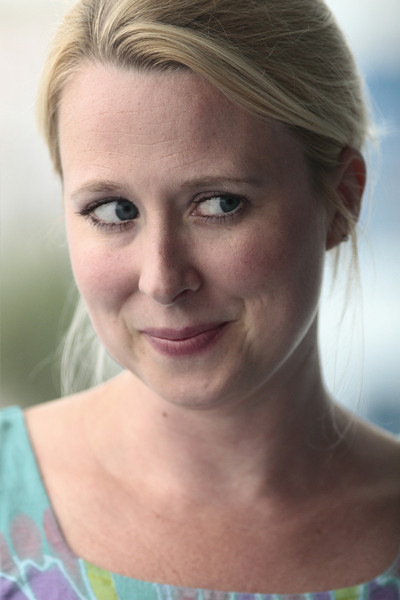What Is Aperture?
Digital Photography Basics
What is aperture? Aperture is the opening within your lens that lets in light.
Aperture is also one of three superhero sidekicks that every superhero photographer uses.
Have you ever looked through a roll of paper towels? When you look through the roll of paper towels, you are looking through the aperture of the roll. All tunnels and pipes have an aperture, a size that determines how much water, cars or light can get through.
The aperture setting of a lens determines how much light comes through the lens. And, it does much more than just control the amount of light that hits your camera's sensor.
Do you know how to blur your background?
Do you know how to ensure that your foreground and background are both in focus?
The settings you choose for your lens’ aperture determines if your background is blurred (to draw emphasis to your subject) or if your background is in focus to give the viewer more information about the setting surrounding your subject.

To open a lens’ aperture is to let in more light. Open your lens’ aperture by adjusting the f-stop on your lens to one of its lower settings (like f/2.8). Close your lens’ aperture by adjusting your f-stop to a higher setting (like f/22).
Lower f-stops that open your aperture to let in more light have a thin depth of field. Higher f-stops that close your aperture decrease light coming through the lens and have a thick depth of field.
Use a lower f-stop to create more background blur in your images. Use a higher f-stop to ensure that your picture is in focus from foreground to background.
Your aperture setting will have a direct result on your shutter speed.
To achieve a high f-stop (to create an image where everything is in focus) you will have to have a longer shutter speed to make up for the amount of light restricted from coming in through the lens. When you use a low f-stop (to blur the background) your shutter speed will decrease (slower shutter speed) to balance the exposure.
Read more about how the photography superhero sidekicks work together.
F/2.8 and F/3.5 | Determining Lens Quality
When buying lenses, photographers are attracted to lenses with lower f-stop ratings (like f/2.8). A lens that provides an aperture this open (f/2.8) takes better pictures because it allows for more light to come through the lens. But a quality lens can cost quite a bit more than a lens with a low f-stop of f/3.5.
When considering lenses, you should know there is a lot of difference between lenses with these two f-stop ratings. Lenses with a low f-stop of f/3.5 come from a different side of town than f/2.8 lenses.
And while we’re on neighborhoods, if you come across lenses with f-stops under f/2.0 know that we are now talking about the Park Avenue kind of side of town. There are those rare lenses that have f-stops under 1.0. These are the penthouses on Park Avenue. And they cost more than a car. I haven’t used any of them. Just like I’ve never stayed at a penthouse on Park Avenue.
Above: The picture on the left used a low f/stop (creating a blurred background). The picture on the right used a higher f/stop (providing more focus on the background). The "hole" in the lens is the aperture.
But, you don’t have to live on Park Avenue to have a really good life and you don’t need the best lens money can buy to become a world famous photographer.
Lenses that employ such low f-stops as f/2.8 typically get a better body to go with the better glass that is being used. Each manufacturer presents a version or two of a lens that provides excellent low light capability in a cheaper body. Think Ferrari engine in a Ford body. Canon offers the 50mm f/1.8 and 85mm f/1.8. Both lenses offer great pictures at a fraction of the cost of their Park Avenue siblings the Canon 50mm f/1.2L and the Canon 85mm f/1.2L.

Notice the differences above in size and build quality of the Canon 50mm f/1.2L (left), Canon 50mm f/1.4 (center) and Canon 50mm f/1.8 (right). But don't let the cheap plastic look and feel of the f/1.8 fool you. It can take great pictures.
What Is Aperture Priority?

The Aperture Priority setting on your camera allows you to program an aperture setting of your choice. The camera will then make decisions on shutter speed and ISO based on the priority that you have given to your aperture setting.
For a quick or spontaneous portrait you may want to set your aperture at f/2.8 (guaranteeing a nice blurred background) and let the camera figure out the ISO and shutter speed.
VIDEO | What is Aperture and Depth of Field?
Here's a short video from ulufilms that describes aperture and depth of field.
More from picture power
photography lesson plans pack
Return to Digital Photography Terms from What Is Aperture














